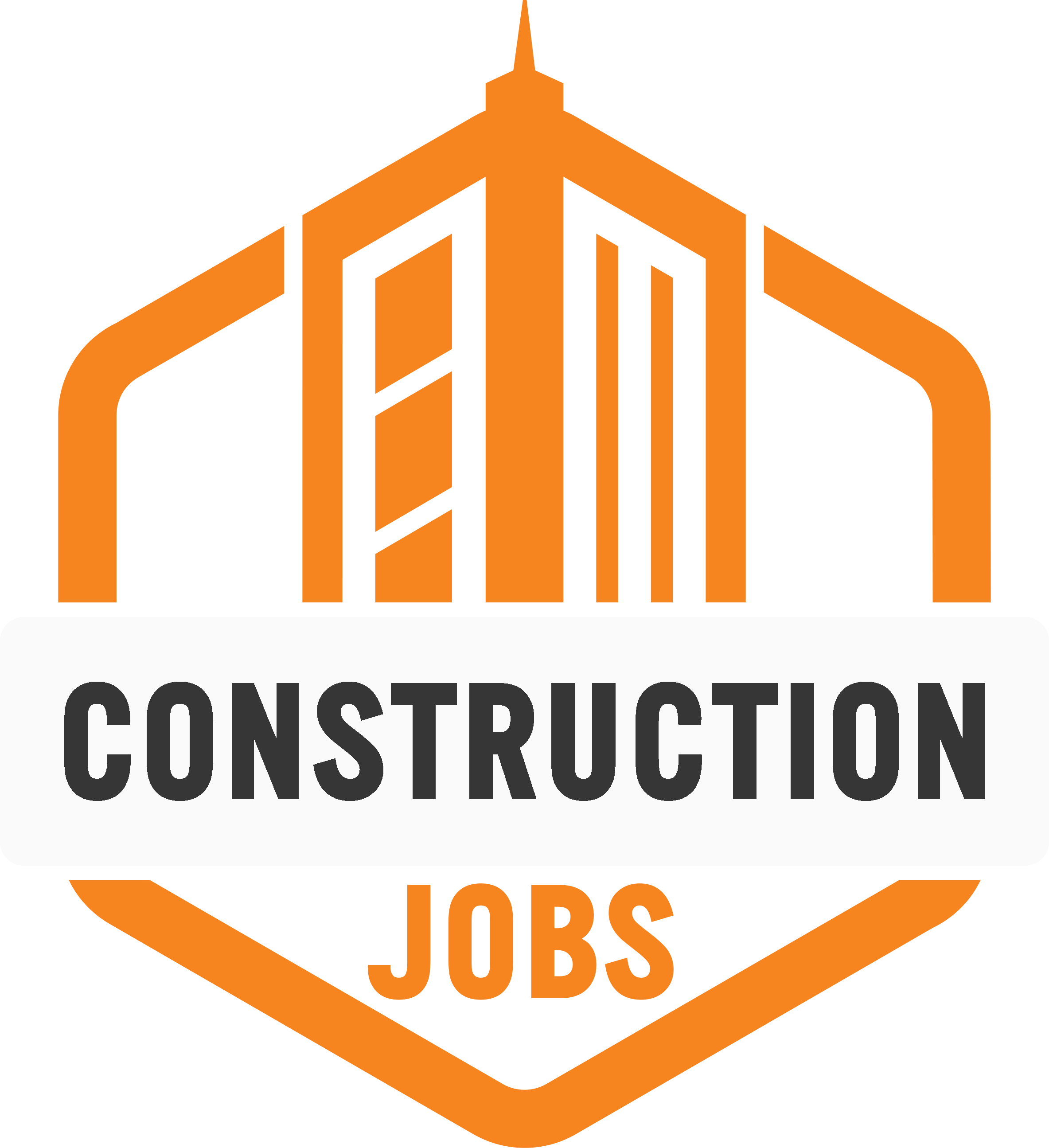Cost Management Techniques for Construction Businesses
Manage construction costs with clear plans, technology, automation, and employee support for greater efficiency and savings.

Every developer strives to manage costs in a clear and anticipatory manner that aligns with projections and plans. However, so much can go wrong or work out in unintended ways while balancing a construction budget.
Construction is a notorious field for running over budget. In fact, just 31% of industry workers reported their projects coming within 10% of their projected costs. To overcome cost anticipation challenges in a rapidly fluctuating market, construction businesses have to invest in winning cost management techniques. This includes implementing new tech.
From workflow strategies to helpful technology, your projects can experience the benefits of a more controlled and transparent system. Use these techniques to better manage costs on and off construction sites.
1. Define Areas of Improvement
Your first step in managing project costs should always be the creation of a clear plan, complete with objectives and areas of improvement.
One way to go about this is to conduct risk assessments and cost analyses. A complete look into your financial data reveals where expenses tend to run over budget. From here, you can set clearly defined goals for cost management.
Cost management is a broad concept. Narrow it by making your goals specific and measurable. For instance, an effective goal might be to reduce overall materials expenses by 1% from the previous year.
Define these areas of improvement, then implement a clear system for observing, analyzing, and adjusting your cost management strategies.
2. Implement a System for Overseeing Costs
Cost management is only as effective as it is transparent. Fortunately, advancing technologies are all about transparency.
The Internet of Things (IoT) and all its smart devices are great examples. These connected sensors and monitors can track data related to all kinds of construction processes, from material inventory to site conditions.
Businesses that implement tools like these can cultivate singular platforms for monitoring a site. Additionally, other data-driven tools and services allow suppliers and builders to connect like never before.
Connected information systems mean real-time insight into construction quality and even safety. Use this oversight to manage costs by ensuring the job is done right from the beginning.
3. Adopt the Right Technologies
Your ability to oversee and manage costs depends on the technologies you employ. The right tools make it easy to catch problems and improve processes. The wrong tools lead to miscommunication that can bring a project to a halt.
Finding the best tools to help you effectively manage costs is all about understanding your needs and workflows. Tech like Building Information Modeling (BIM) software can allow you to better forecast all costs associated with a project before even stepping onto a site. Meanwhile, module prefabrication with modern manufacturing technology stands to cut construction costs 6-30%.
The tools you employ will depend on your budget, the scope of your business, and the nature of your projects. Competitive cost management, however, requires a commitment to automation and innovation.
4. Automate and Innovate
While there are plenty of best practices you can employ on the job every day toward more controlled costs, your best bet for success will be innovation. Modern tools allow for the automation of various processes — from heavy-lifting robotics to safety alerts.
Robotics, including drones, is an important evolution in construction. These tools take over some of the more dangerous work, allowing for safer sites and fewer costly compensation and liability claims.
Additionally, devices on the IoT make it possible to alert workers to hazardous conditions or even quality control issues. As a result, these important elements of cost management can be maintained to support greater success.
New tools and techniques will continue to evolve, making it important to budget for innovation. To maximize saving potential, ensure that these budgeted innovations support workers.
5. Support Employees with Education and Resources
Your workforce is your most valuable asset, as they will determine the efficiency and quality of your company’s work. However, payroll can also be one of your most significant expenses. How, then, should construction businesses balance these conflicting priorities?
The answer comes down to employee education and resources. From training with new technology to automated payroll systems, support tools for workers can translate to reduced payroll expenses in the form of employee retention.
Finding new employees can eat into a construction budget quickly. Retention strategies like competitive benefits stop useful HR platforms that fight this turnover. Find ways to support your workforce through open, empathetic discussions. Then implement solutions in the form of education and resources that improve productivity and well-being.
Save on Construction Costs
With these techniques, your construction business can elevate its ability to plan and control the construction process. This means cost savings.
From your clearly defined cost management objectives to the support resources you create for workers, all these tools and more help reduce risks, accidents, and planning errors common to any site. By employing them, you gain greater transparency and agility when it comes to building homes and businesses.
Control costs with these techniques. But don’t forget to continuously innovate and improve. With tech advancements, cost management will only get easier.
Author: Amanda Winstead is a freelance writer in the construction industry
- Share This →

